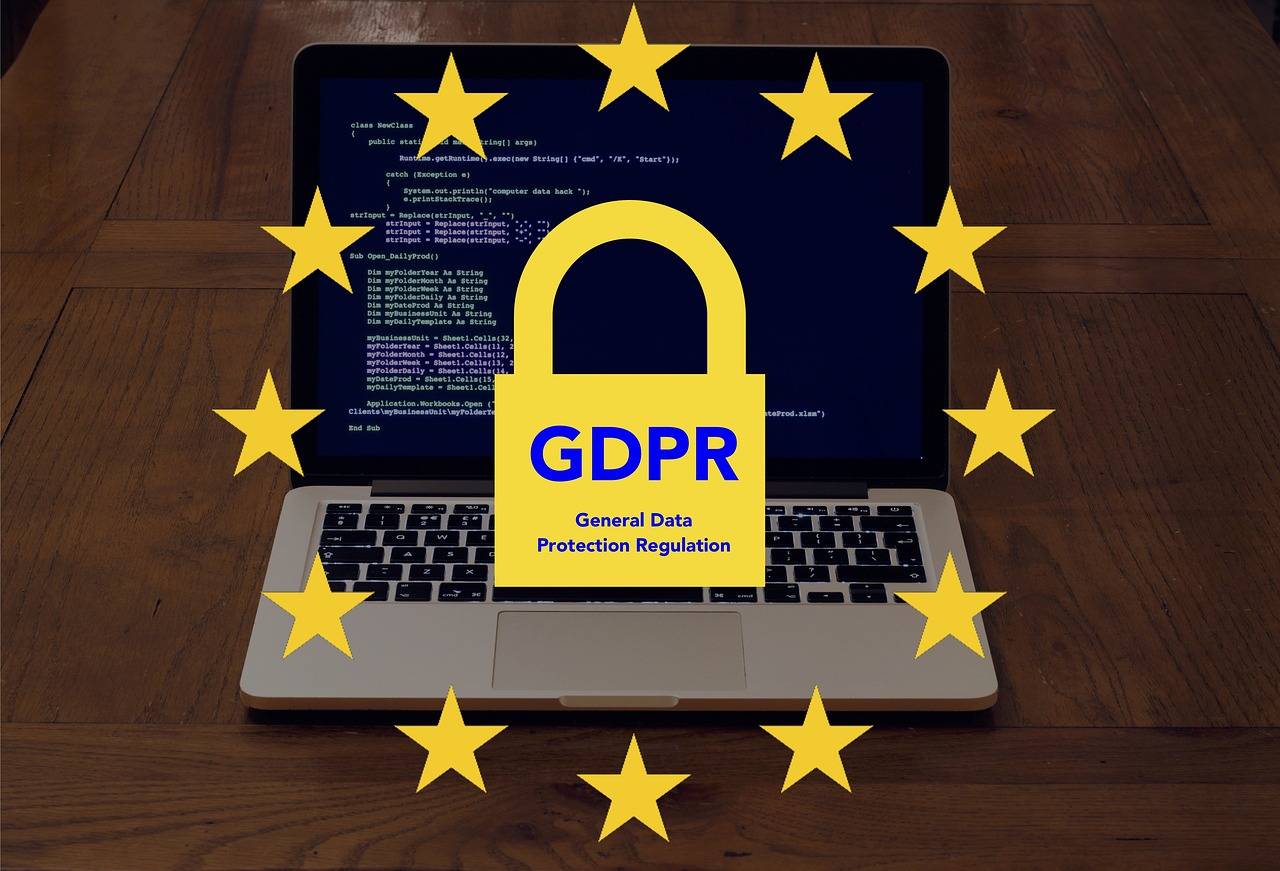When people talk about websites, the focus is often on design and functionality. But there’s another crucial aspect that should never be overlooked: GDPR compliance.
It’s not just a bureaucratic formality—it’s about protecting users’ data and ensuring the legal responsibility of the website owner.
What the GDPR Requires for a Website
The GDPR (General Data Protection Regulation) sets strict rules on how personal data is collected, stored, and processed.
For a website, this means:
- Clearly informing users about what data is collected and how it will be used.
- Obtaining explicit and documented consent for cookies and tracking.
- Allowing users to withdraw or modify their consent at any time.
- Ensuring the security of stored data.
In short, GDPR is about transparency, consent, and security.
Double Compliance: Technical and Legal
It’s important to clarify this point: technical compliance alone is not enough.
- A developer can handle the practical aspects (cookie banners, consent forms, consent management tools).
- But the legal texts (Privacy Policy, Cookie Policy, Terms and Conditions) must be drafted by a qualified lawyer to be valid and up to date.
Relying on generic templates found online is risky: every business has its own specifics, and regulations continue to evolve.
A Useful Tool for WordPress
For WordPress users, a practical solution can be a plugin like Complianz. This tool helps you:
- Generate GDPR-compliant cookie banners.
- Manage user consents.
- Adapt settings based on country-specific regulations.
👉 However, even if Complianz simplifies the technical side, the legal texts must still be reviewed and written by a lawyer. Only then can you be sure you’re fully compliant.
Conclusion
Having a GDPR-compliant website means protecting your users—and protecting yourself from fines and legal issues.
The key is to rely on both:
- a technical professional who correctly implements compliance solutions, and
- a legal expert who drafts texts tailored to your business.
A beautiful, functional website is important—but a compliant, secure website is essential.




